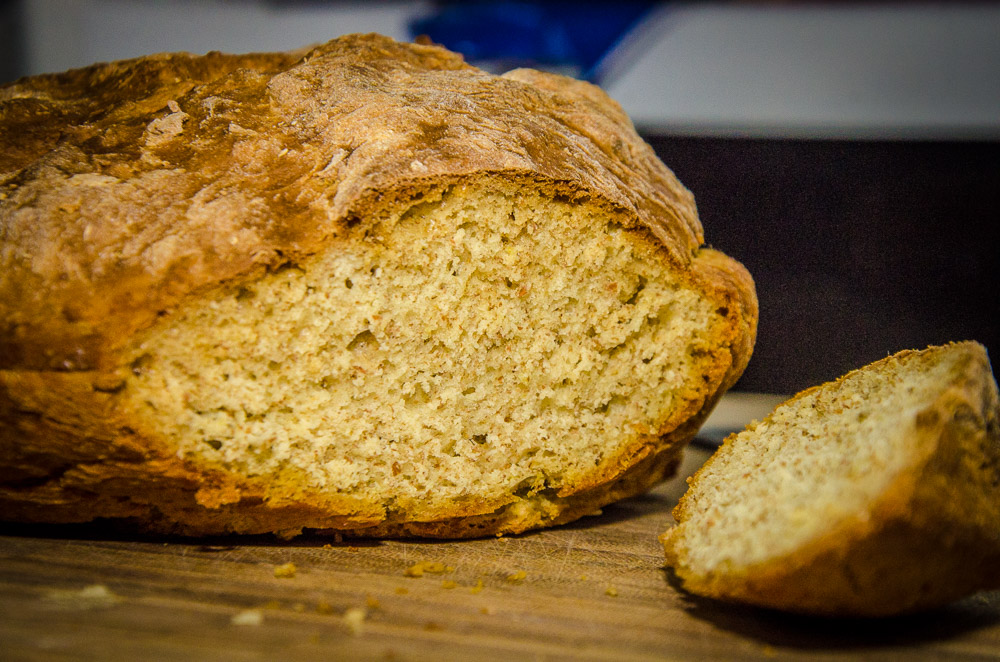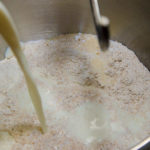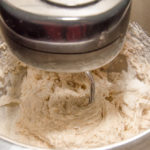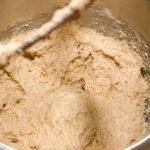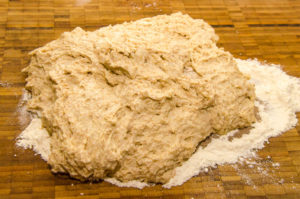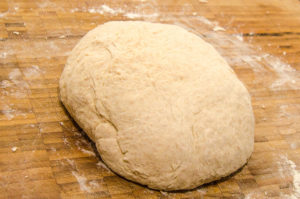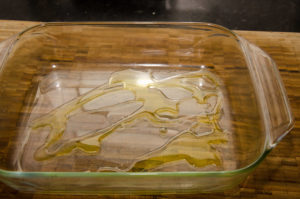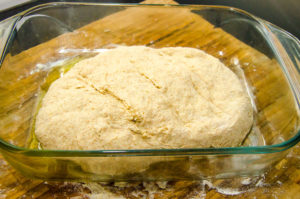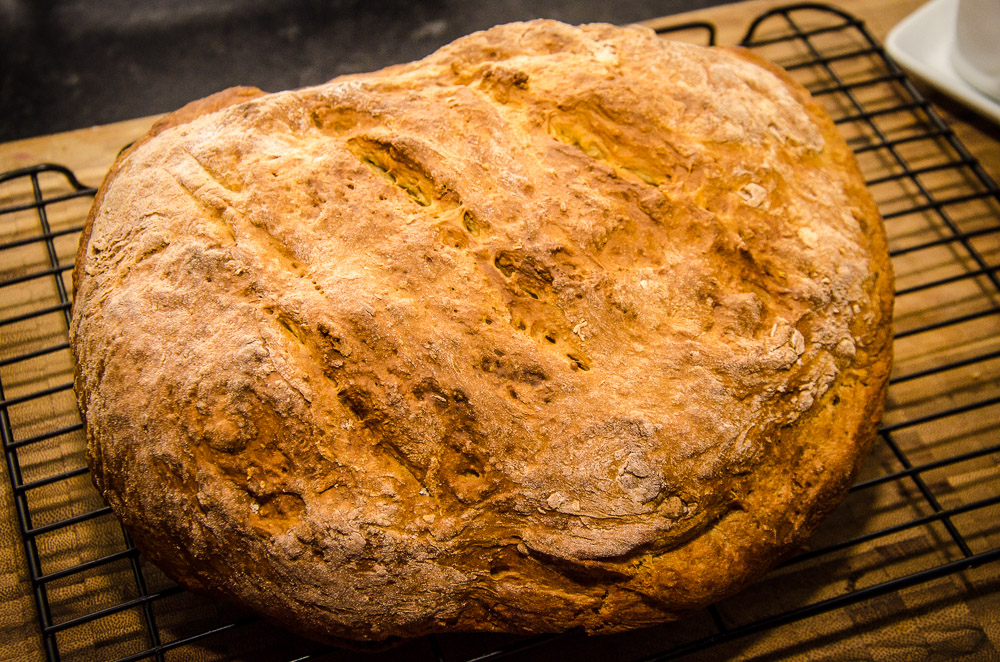A line from The Lord’s Prayer teaches us to accept what we need over what we want or wish for. “Give us this day, our daily bread” is a metaphor. Let us have this day only what we need.
A fitting lesson in these uncertain panic fuelled days of Coronavirus where supermarket shelves have been stripped as if a plague of locusts had forged their destructive path along the flour, pasta, and rice aisles. Yet each supermarket I have visited have bakeries full of produce. For almost a week I have been unable to restock white strong flour, rice, pasta and activated yeast.
Much has been said of the selfish nature of the panic buying and general disregard for the strain being placed on our food chain and supply systems. Its not only in the UK, many parts of Spain and continental Europe have seen the same.
The art of cooking comes from experience and experimentation. I therefore wonder if the people who stockpiled flour know what to do with it or even possess the basic utensils required to fashion daily bread!
In order to preserve my dwindling stock of yeast I have today spent my lunch time baking bread. I need a fresh loaf for tomorrow’s packup lunch and since everyone is supposedly minimising social contact, I used my time wisely, I baked bread.
Mythbuster
So can you make bread without bread flour and yeast?
Yes you can if you use bicarbonate of soda and buttermilk.
Buttermilk?
Yes buttermilk. Quite popular in the States but not so here. However you can even make buttermilk yourself!
Here is my foolproof non-yeast leaven bread recipe & method.
Soda bread
Firstly get your flour. Flour is flour the difference between plain and self-raising is a rising agent & in the same way its only the milling process that separates strong bread flour and plain.
Take 350g of plain flour added to 150g of wholemeal flour making a total of 500g (metric version of the pound loaf) into a large mixing bowl.
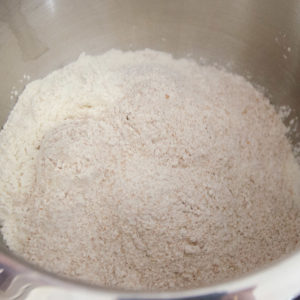
Next add 1tsp salt, 1 1/2tsp bicarbonate of soda, 2tsp caster sugar into the bowl and make a well in the centre.
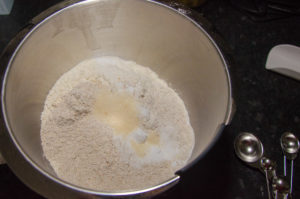
Now for the buttermilk. If you haven’t got buttermilk you can make it. Take 450ml of milk (it doesn’t matter what colour top) and 2tbs of lemon juice. My mother used to use Jif lemon, little plastic bottles in the shape of a lemon. I couldn’t wait as a child for an empty and my new toy! The ratio is simple for every cup of milk you add 1tbs of lemon juice. A cup is the same as 284ml or 1/2 a pint. Once you’ve added the lemon let it stand for at least 5 minutes.
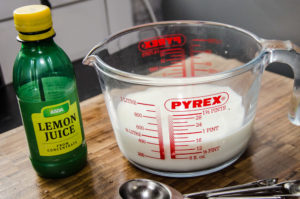
So why are we adding lemon juice to milk? The milk needs to be acidic in order to cause a chemical reaction with the bicarbonate of soda and make some lovely bubbles. After 5 minutes or so the milk will start to curdle.
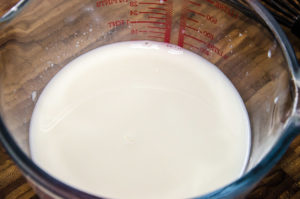
The milk needs to be added to the dry ingredients and gently mixed together. I don’t mind kneading dough but I prefer the less you touch it, the better the result method. I do the same with pastry. I use my mixer with a dough hook attachment set on the slowest speed; whilst turning, evenly add the buttermilk. Continuing the mixing process for about 5-10 minutes (10 minutes if by hand alone). You really don’t want to over mix this one.
When you have a lovely gooey consistency turn out on to a lightly floured surface and knead by hand for 30 seconds. Kneading knocks out any pockets of trapped air.
Have a suitable oven proof dish ready which is lightly oil or dusted, or both.
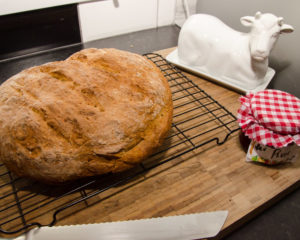
Bake at 200C for 30 minutes. When baked turn out on to a cooling rack and marvel how creative you are and if you stockpiled do the entire job again 50 times over and start knocking on neighbours doors! Best served with Welsh butter and my plum jam…
There is nothing more satisfying than the ability to provide for your family, friends, and neighbours. It is shameful when we still have to ask “Who is my neighbour?”
[hit_count]

